Discover 7 traditional markets with history
More than places where we can stock up on fresh goods, traditional markets are authentic spots of the experiences and traditions of each place. Find out some of the historic markets worth visiting and where they are.
The memory of traditional markets is part of the collective imagination. In the case of traditional Portuguese markets, many remember the negotiation cries, friendliness and irreverence of the saleswomen, who call everyone “my love” or “my darling”. This, while we wandered through the fresh and colorful products, creating memories that stay with us for a lifetime. The close relationship that was felt between sellers and buyers was lost over time, but some markets with history managed to keep part of this tradition alive. All About Portugal went looking, from the north to the south of the country, with the islands included, for the best places where tradition is still what it was, as far as possible, and where we can seek for a little bit of the nostalgia that these times have left us with, or discovering them for the first time. Follow our journey through traditional Portuguese markets, with a lot of nostalgia and tradition.
Bolhão Market - Porto
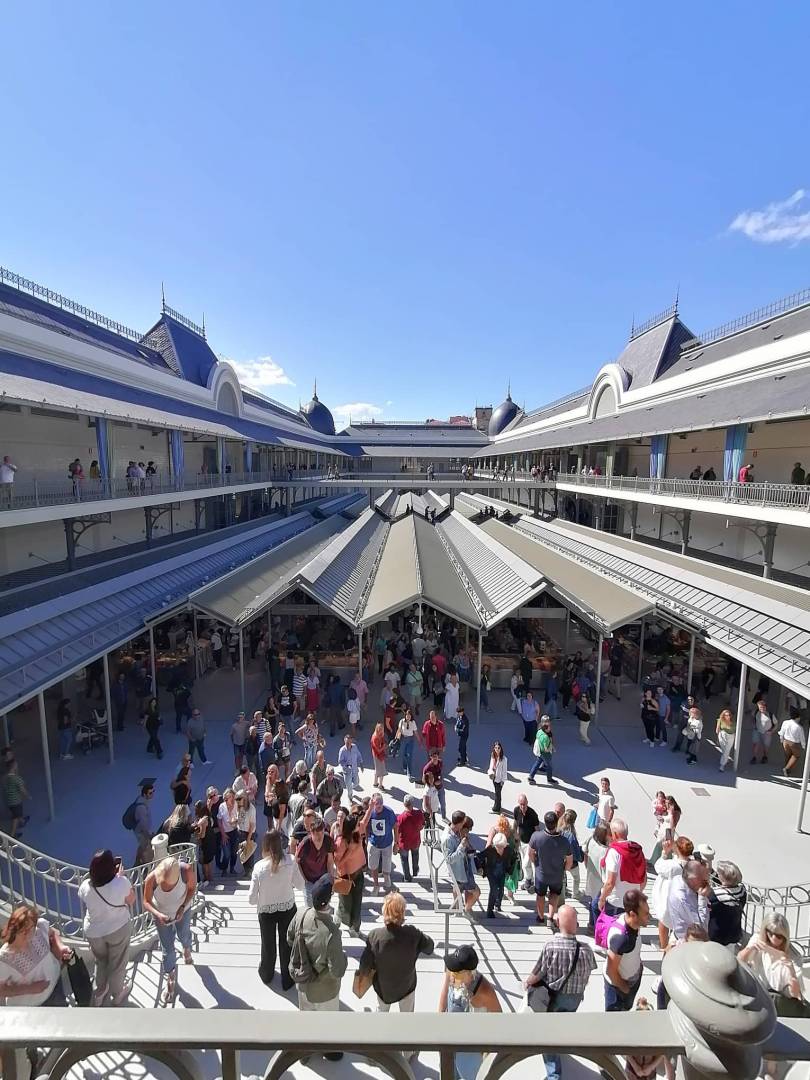
One of the most emblematic markets in Porto, Bolhão has its own identity, known not only by locals, but by everyone who stopped by. The building, built in 1914 (although Bolhão's origins date back to 1839) was remodeled, being relocated for four years, and reopening, to joy of Porto residents, in 2022. It is now more modern and with a few different stalls and restaurants, it managed, however, to maintain part of the tradition with some of its original sellers, welcoming both local people and tourists.
Municipal Market of Matosinhos
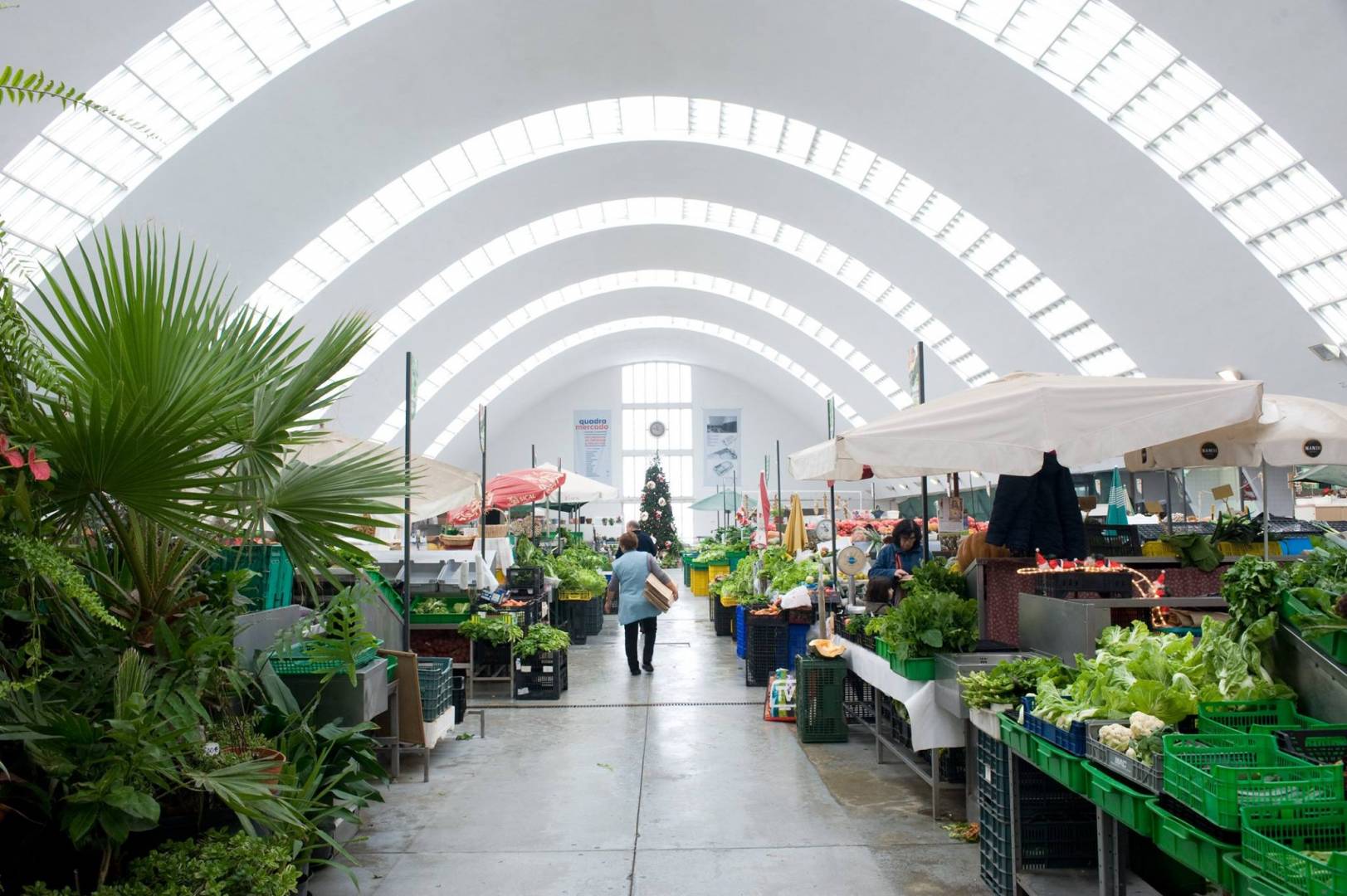
Inaugurated in 1952, the Municipal Market of Matosinhos is one of the markets with lots of history, which remains active with the same functions until today. With an old-fashioned central square, with fresh and seasonal products, you can find several quality restaurants around. Over time, it has managed to maintain tradition, but at the same time modernize itself, periodically hosting cultural and recreational events, which results in a loyal clientele across all generations.
Livramento Market - Setúbal
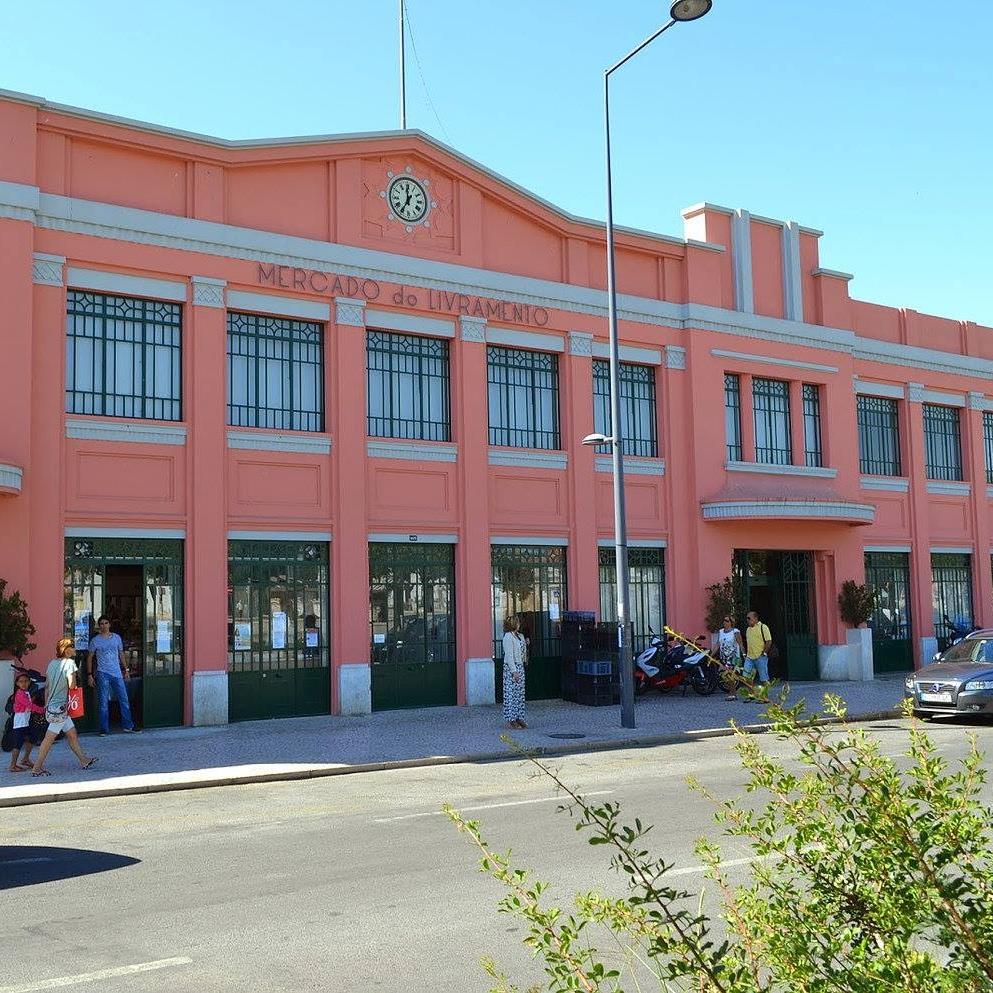
When talking about traditional markets, one must mention the beautiful Mercado do Livramento. Located in the port city of Setúbal, it is known mainly for its fresh fish. Built in 1930, it was refurbished in 2010-2011, highlighting its interior tile panels by the Portuguese painter Pedro Pinto, dated 1929, and two panels by Rosa Rodrigues, dated 1944. In addition to these fantastic tiles, the friendliness of the sellers gives it a unique character.
Ribeira Market - Lisbon
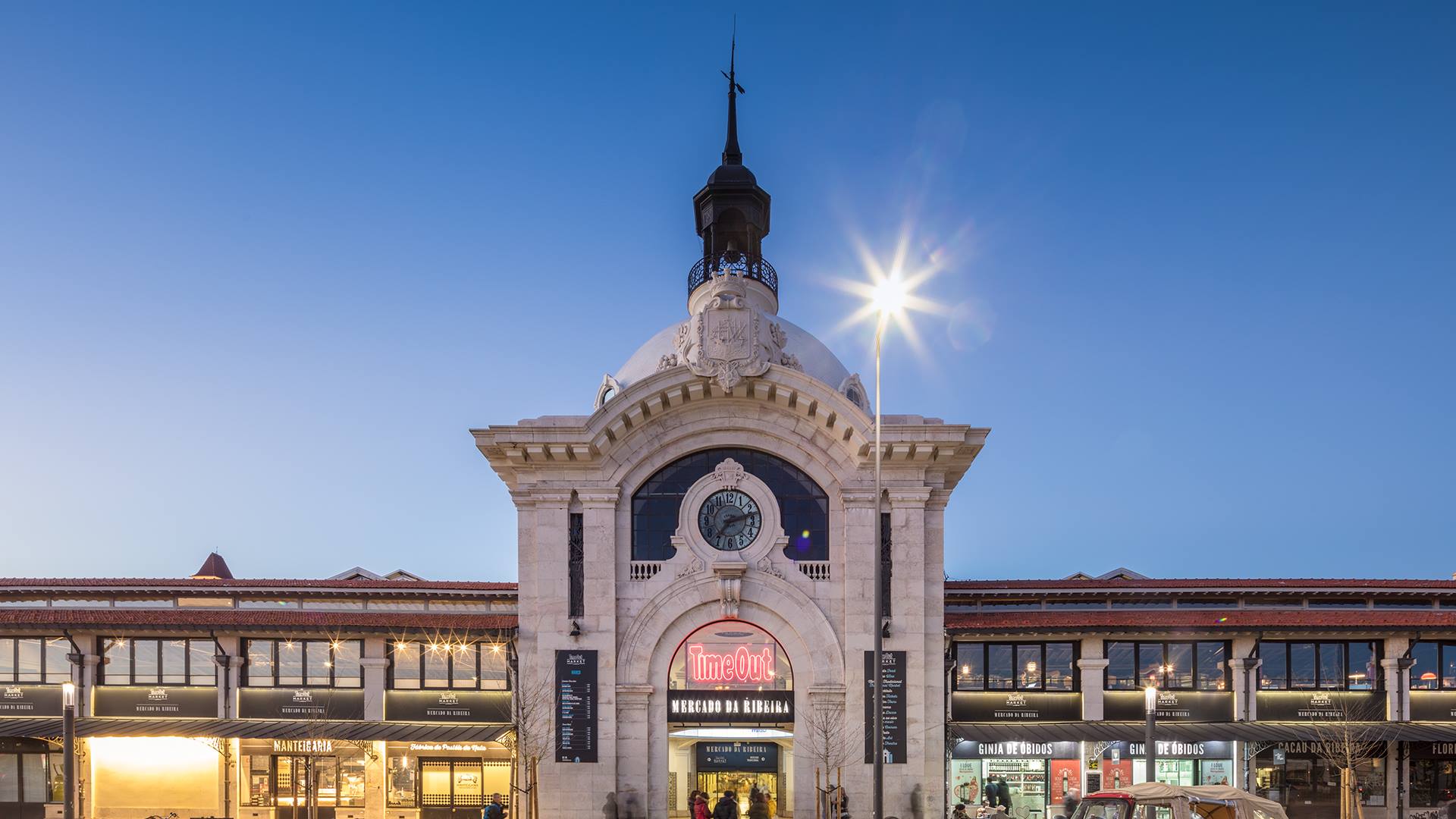
Mercado da Ribeira, known as Time Out Market since 2014, dates back to the mid-1600s, but has since undergone several renovations, and in the past was the main market in Lisbon. Inside, its iron structure and impressive oriental dome draw visitors' attention, locals and tourists. Here you can find traditional stalls, with a variety of fresh products, but also more modern catering stalls, as well as some cultural and recreational events.
Olhão Municipal Market
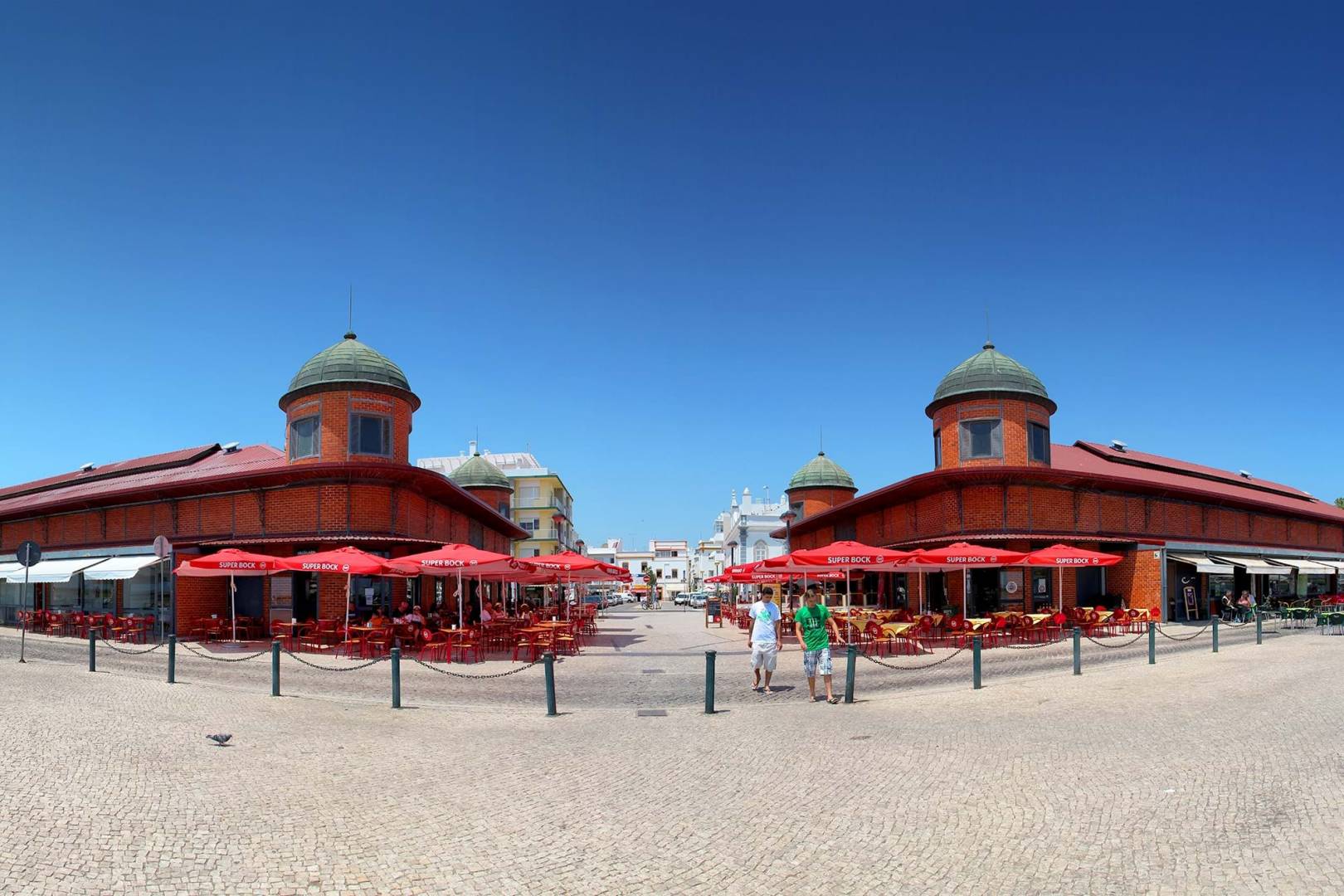
The Olhão Markets, a set of two buildings called Mercado das Verduras (Vegetable Market) and Mercado do Peixe (Fish Market), are one of the most typical traditional markets in the Algarve region. With a very interesting iron and glass structure, its construction began in 1912, and was later rehabilitated at the end of the 20th century, reopening in 1998 lined with tiles painted by Costa Pinheiro. Here you can find the highest quality and freshness fish, seafood and vegetables, accompanied by the Olhão friendliness.
Loulé Municipal Market
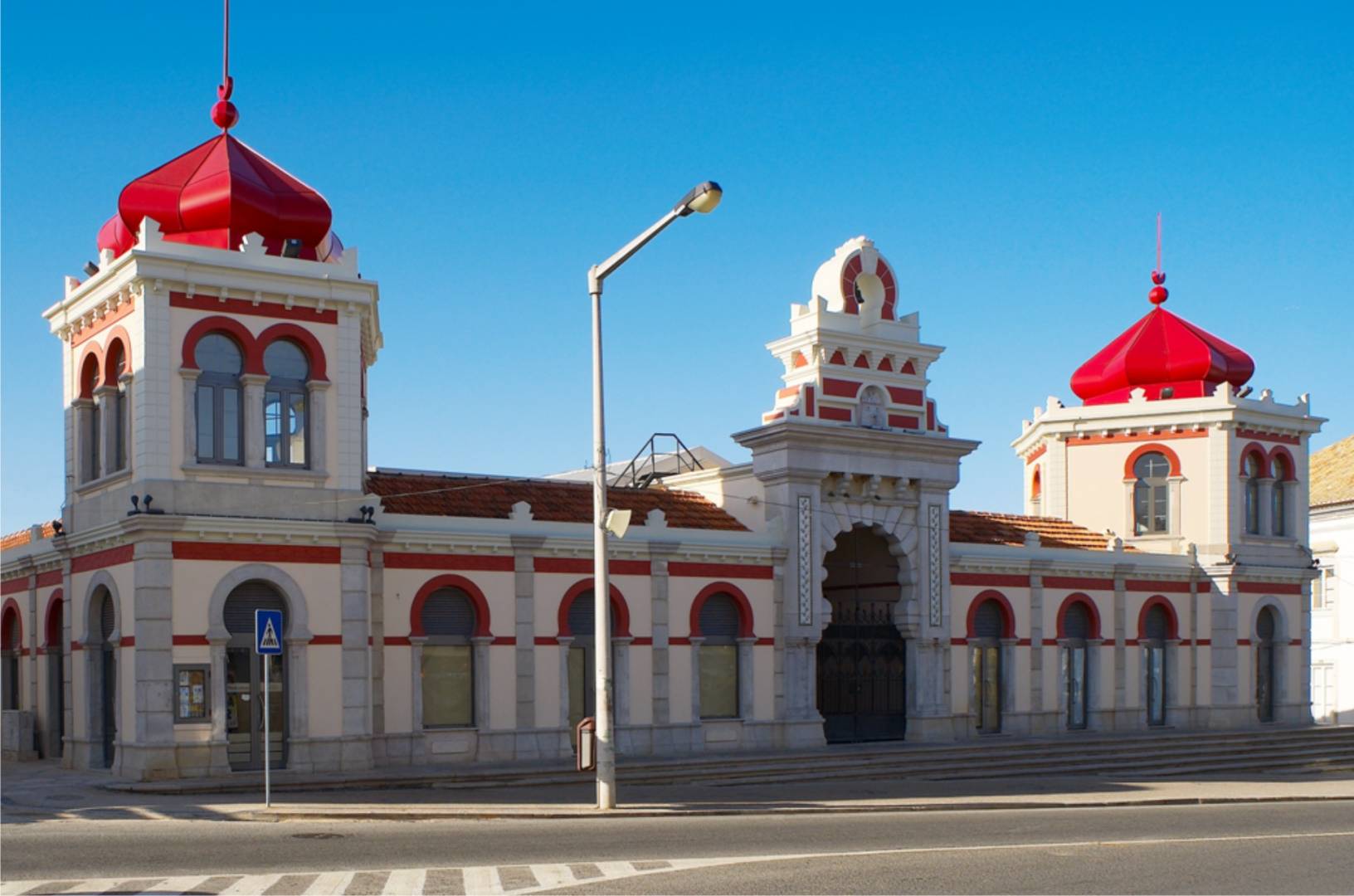
The Loulé Municipal Market, with its Arab-inspired revivalist style, is one of the city ex-libris. It was inaugurated in 1908, according to a project by the architect Alfredo Costa Campos, and had several renovations works over the years that gave it eclectic elements of Art Nouveau. Currently, in addition to serving as a market for locals, it hosts various cultural and recreational events, and is also a point of interest for tourists, due to its architecture and the variety and quality of its products.
Lavradores Market - Funchal
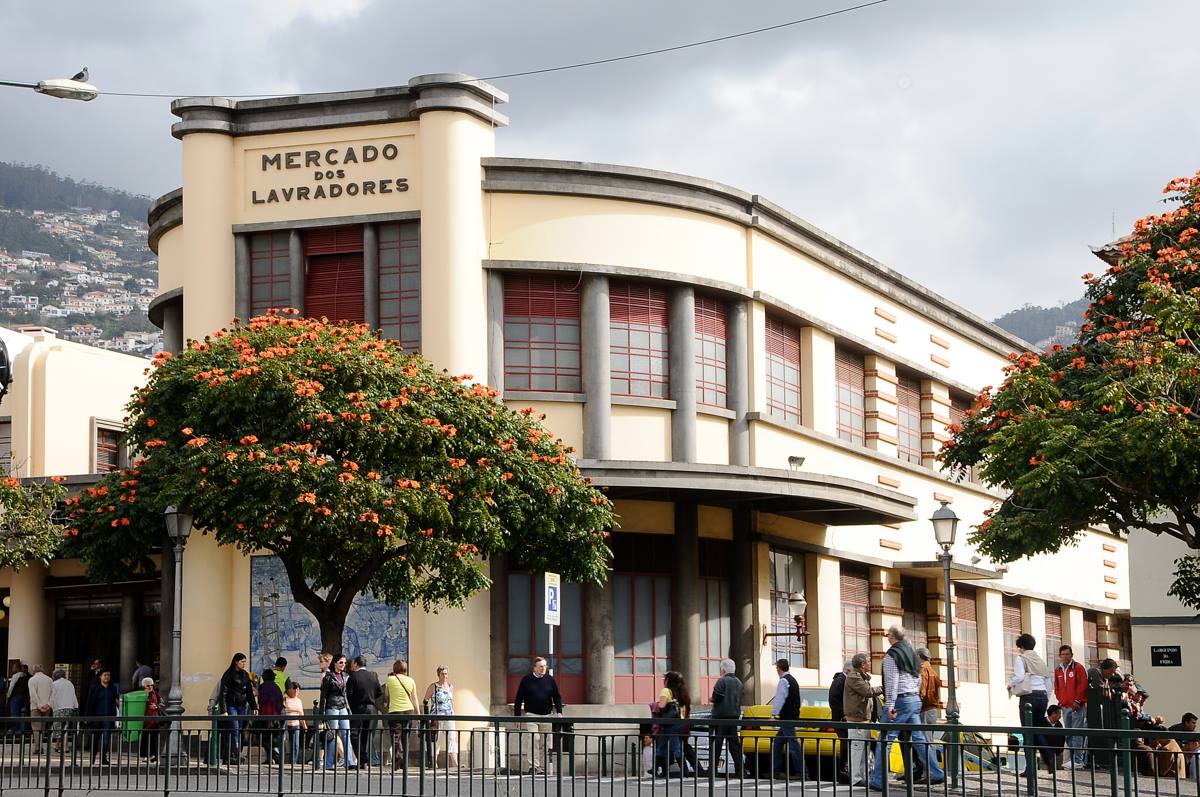
Ending our tour of the traditional markets, we close in style with the Lavradores Market, inaugurated in 1940, according to a project by Edmundo Tavares. It sells a variety of fresh regional products, bringing together locals and tourists in search of the freshest products, accompanied by a friendly conversation with the friendly sellers. Be sure to pay attention to the large Faiança Batisttini tile panels by Maria de Portugal, painted with regional themes by João Rodrigues.
Recommended
